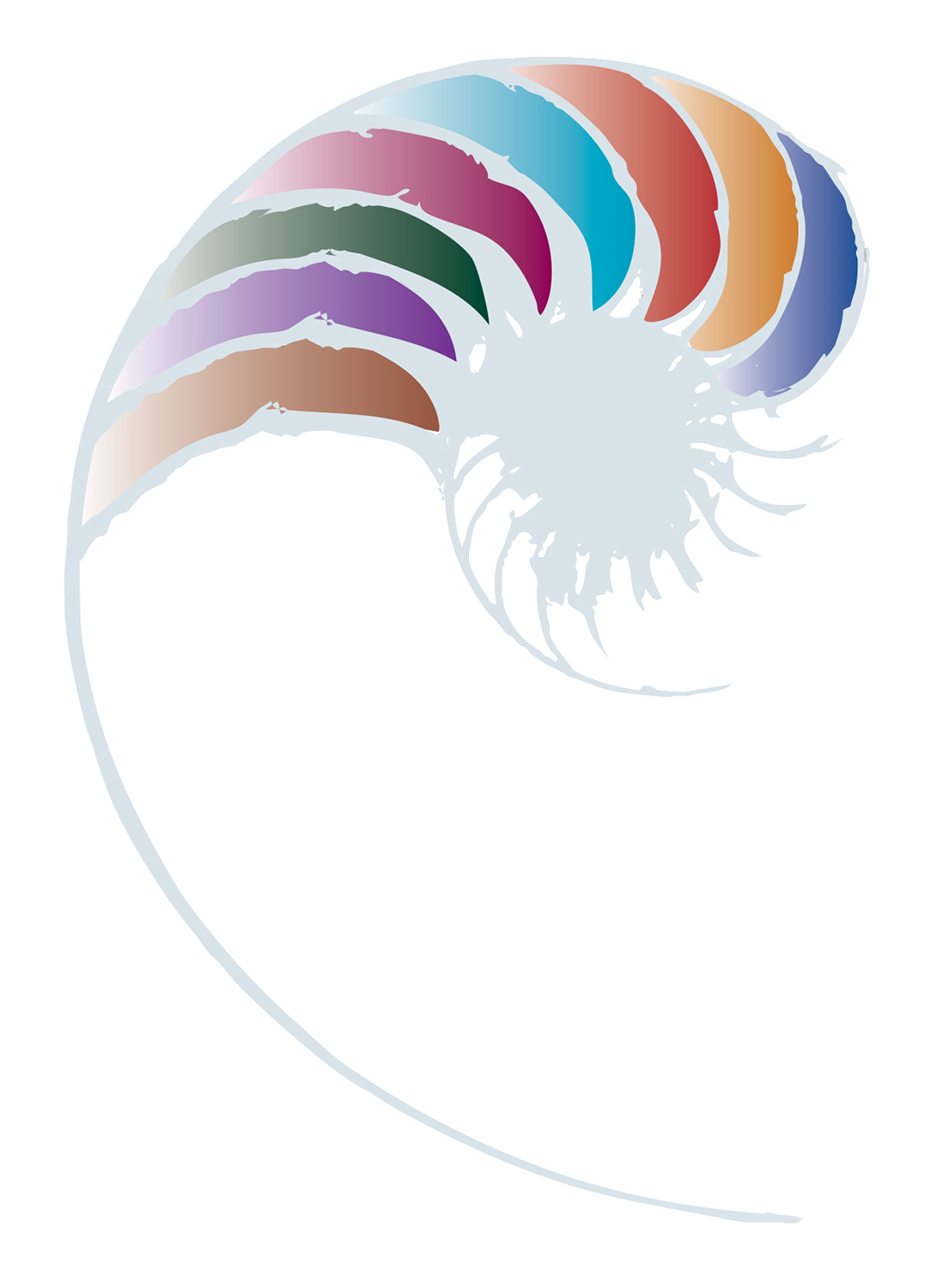Pathways to school and kura
(From pages 51–58 of Te Whāriki: He whāriki mātauranga mō ngā mokopuna o Aotearoa Early childhood curriculum)
Te manu e kai ana i te miro, nōna te ngahere;
te manu e kai ana i te mātauranga nōna te ao.
The bird who partakes of the miro berry owns the forest;
the bird who partakes of education owns the world.

Learning is a journey that begins before birth and continues throughout life. Each part of the education system has a responsibility for supporting children (and the adults they become) on this lifelong journey of exploration. Kaiako and new entrants teachers support children by affirming their identity and culture, connecting with and building on their funds of knowledge, and having positive expectations for their learning.
Young children look forward to going on to school or kura, and they expect it to be different, but they do not always anticipate quite how different the expectations, structures, and routines may be. By working together, kaiako, new entrants teachers, parents, and whānau (and, where involved, specialist support services) can support children’s learning continuity as they make this crucial transition.
- A similar vision
- Te Whāriki and Te Marautanga o Aotearoa
- Te Whāriki and Te Aho Matua
- Links to The New Zealand Curriculum and Te Marautanga o Aotearoa
- Supporting transitions
Te Whāriki, The New Zealand Curriculum, and Te Marautanga o Aotearoa all have a similar vision for young people.
Te Whāriki aspires for children to be:
"competent and confident learners and communicators, healthy in mind, body, and spirit, secure in their sense of belonging, and in the knowledge that they make a valued contribution to society."
The New Zealand Curriculum, a curriculum for English-medium schooling, has a vision for young people who are:
"confident, connected, actively involved, lifelong learners and who, in their school years, will continue to develop the values, knowledge, and competencies that will enable them to live full and satisfying lives."
Te Marautanga o Aotearoa, a parallel curriculum for Māori-medium schooling, aspires to develop:
"successful learners, who will grow as competent and confident learners, effective communicators in the Māori world, healthy of mind, body, and soul and secure in their identity and sense of belonging. They will have the skills and knowledge to participate in and contribute to Māori society and the wider world."
Te Whāriki and The New Zealand Curriculum
There are close parallels between Te Whāriki and The New Zealand Curriculum. In both, learning is seen to take place in the space between what the educational environment offers and the knowledge and experiences that children bring with them.
The two curriculums are based on similar principles and have similar approaches to valued learning. Like the weaving of principles and strands in Te Whāriki, The New Zealand Curriculum views the curriculum as a weaving together of different elements:
"Schools may ... decide to organise their curriculum around ... values, key competencies, or learning areas and deliberately weave the other two through their programmes ... [or] around central themes, integrating values, key competencies, knowledge, and skills across a number of learning areas."
In Te Whāriki, learning dispositions and working theories are seen to be closely interrelated. The same is true of the key competencies and learning areas in The New Zealand Curriculum. In both cases, the approach to learning recognises the need for a ‘split screen’ pedagogy that maintains a dual focus on the ‘how’ and the ‘what’ of learning.
The New Zealand Curriculum groups understandings about the world into learning areas such as science, mathematics, and the arts; in Te Whāriki, these are woven through the strands (for example, while mathematics is explicit in communication and exploration, it is also implicit in other strands).
While the key competencies are all tightly interrelated and woven in complex ways into the learning areas, it is nevertheless possible to identify many links between The New Zealand Curriculum and Te Whāriki. The following tables points to some of the ways in which the key competencies, values and learning areas of The New Zealand Curriculum build on the learning outcomes of Te Whāriki. These can serve as a starting place for exploring curriculum connections in more depth.
About this resource
This section from pages 51–58 of Te Whāriki: He whāriki mātauranga mō ngā mokopuna o Aotearoa Early childhood curriculum highlights the links between the New Zealand Curriculum, Te Marautanga o Aotearoa and Te Aho Matua.



